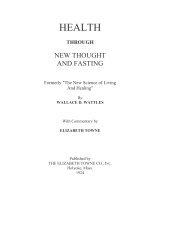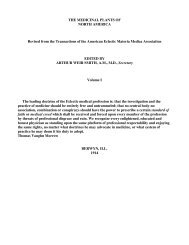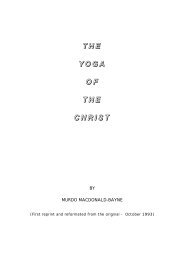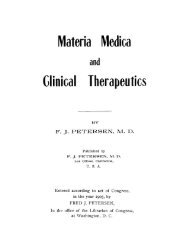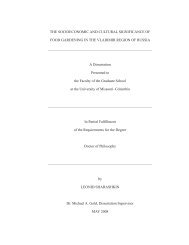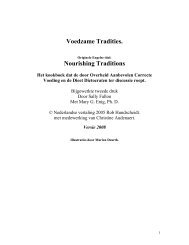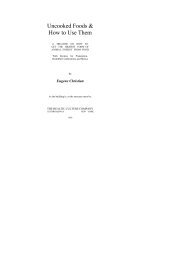FACTORS OF SOIL FORMATION - Midlands State University
FACTORS OF SOIL FORMATION - Midlands State University
FACTORS OF SOIL FORMATION - Midlands State University
You also want an ePaper? Increase the reach of your titles
YUMPU automatically turns print PDFs into web optimized ePapers that Google loves.
CHAPTER III<br />
TIME AS A <strong>SOIL</strong>-FORMING FACTOR<br />
The estimation of relative age or degree of maturity of soils is<br />
universally based on horizon differentiation. In practice, it is generally<br />
maintained that the larger the number of horizons and the greater their<br />
thickness and intensity the more mature is the soil. However, it should<br />
be kept in mind that no one has ever witnessed the formation of a<br />
mature soil. In other words, our ideas about soil genesis as revealed<br />
by profile criteria are inferences. They are theories, not facts. This<br />
accounts for the great diversity of opinion as to the degree of maturity<br />
of specific soil profiles. It is well known that certain eminent<br />
pedologists take objection to the general belief that chernozems are<br />
mature soils; others consider brown forest soils and gray-brownpodsolic<br />
soils merely as immature podsols. The list of controversial<br />
soil types is quite long. Whatever the correct interpretation may be, it<br />
is evident that the issues center around the factor time in soil<br />
formation.<br />
General Aspects of Time Functions.—If the fundamental<br />
equation of soil-forming factors<br />
s = f(cl, b, r, p, t, • • •) (4)<br />
is evaluated for time, we obtain an expression of soil-time functions<br />
as follows:<br />
s = f (time) cl, o, r, p, . . . (7)<br />
This equation states that the magnitude of any soil property (s<br />
type) is related to time. If we wish to ascertain accurately the nature of<br />
a time function, all remaining soil-forming factors must be kept<br />
constant. If they vary effectively, at one time or another, the trends of<br />
soil development are shifted, new processes are instigated, and we<br />
must start counting anew. The requirement of constancy of soilforming<br />
factors is easily accomplished with controlled laboratory or<br />
field experiments. Under natural conditions, especially in the absence<br />
of historic records, we must be satisfied with approximate solutions of<br />
Eq. (7).<br />
FIG. 15.—Hilger's experimental weathering series. Coarse particles of limestone are<br />
much more resistant than those of sandstone (var. Stuben).




